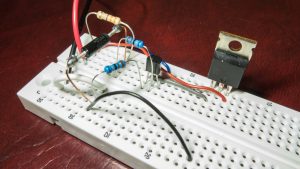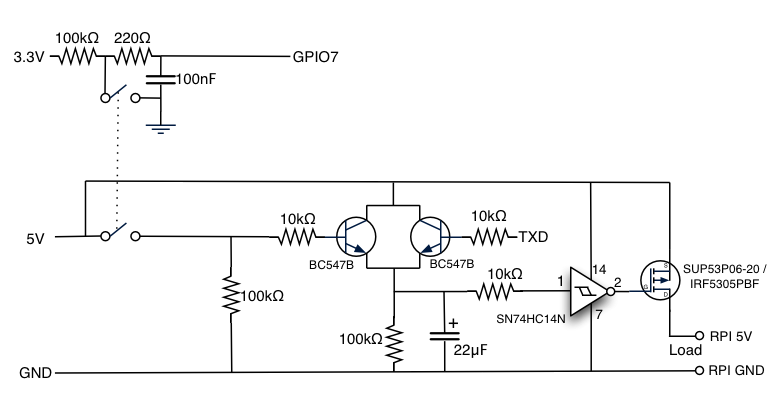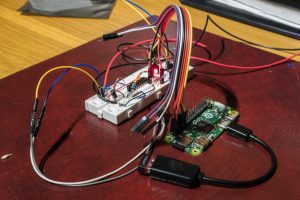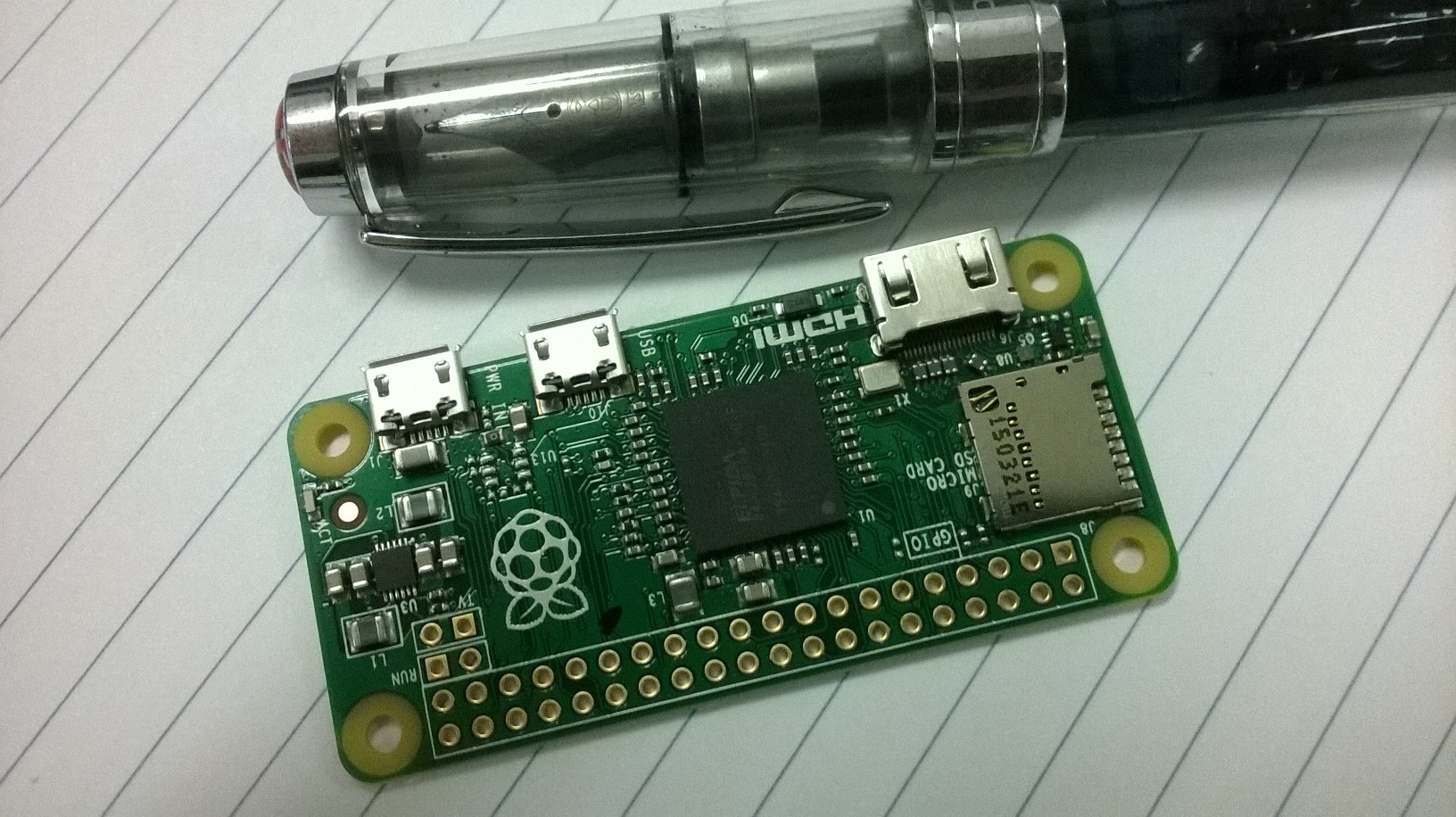One of the requirements for my irrigation controller project is to have an accurate system clock – irrigation programs need to run at the correct time. This is where the absence of a Chardware RTC on the Raspberry Pi becomes apparent. – It isn’t a good idea to always assume that I will have network connectivity and access to NTP servers on bootup. As a result, part of my project build includes a DS3231 RTC on the I2C bus of the Raspberry Pi Zero which is the brains of the controller. The RTC module that I bought is available in packs of 3 for under $5 on dx.com.
Blogroll
Site Search
Meta










